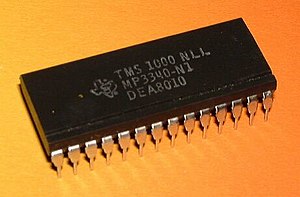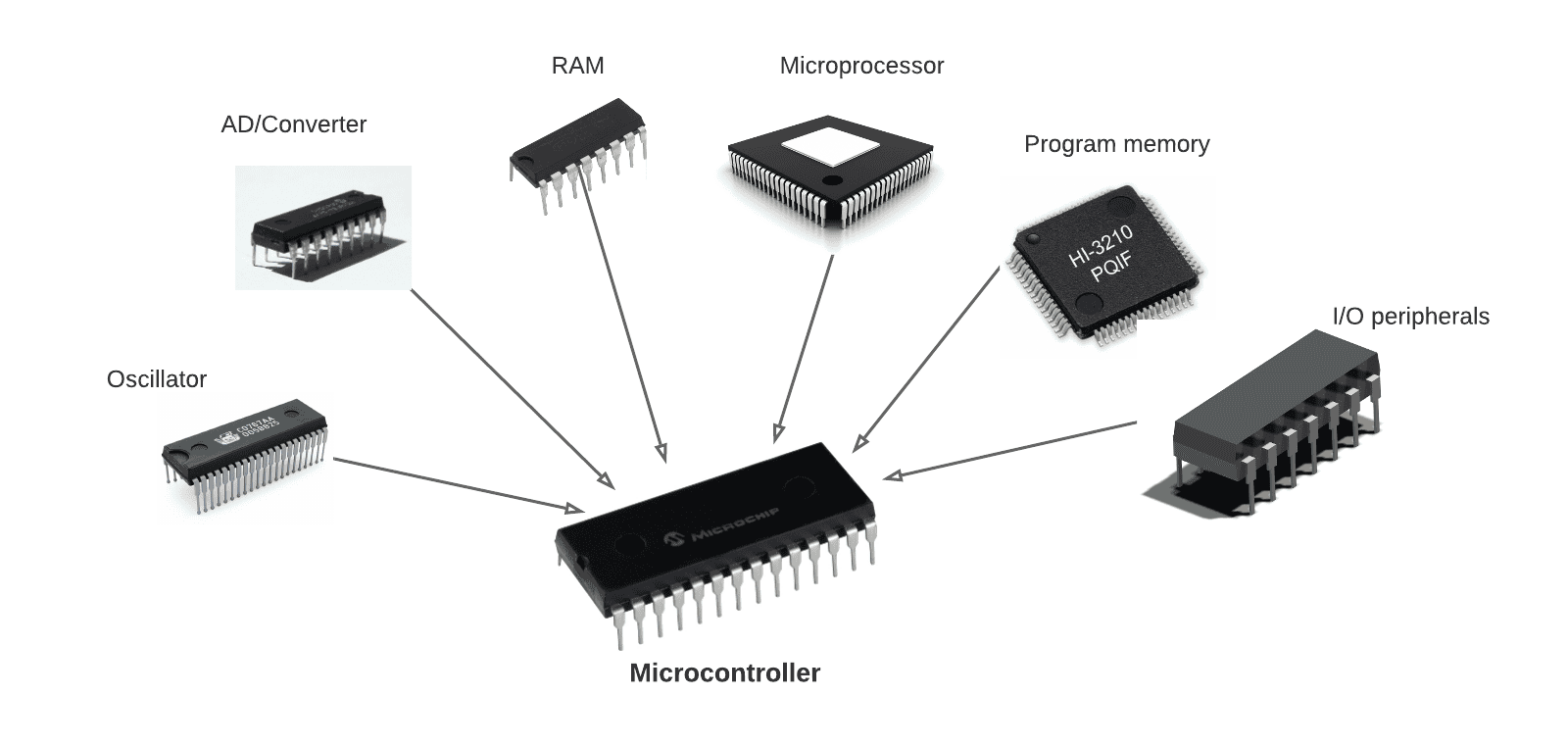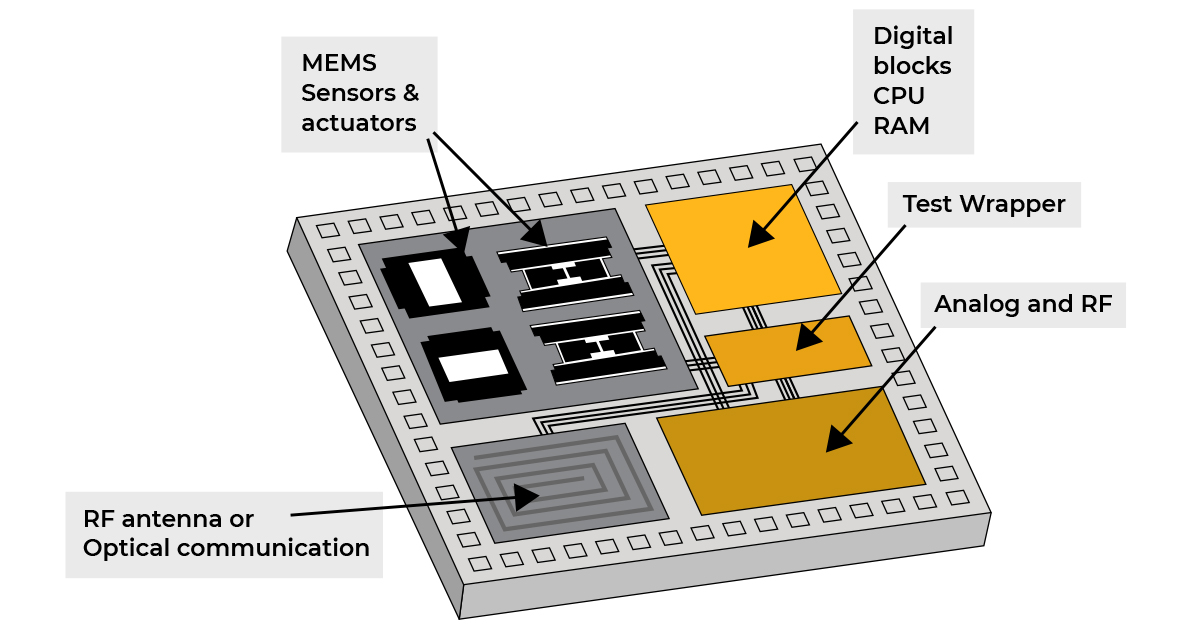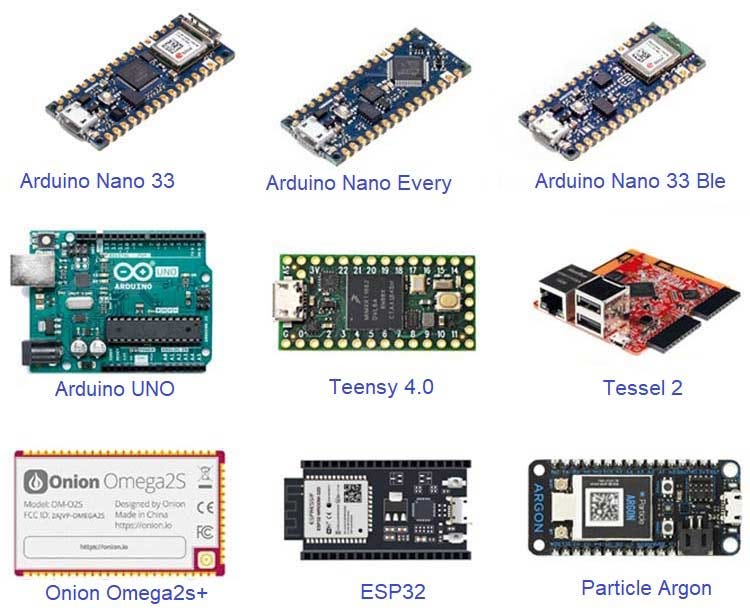Microprocessor vs Microcontroller vs System on Chip
Microcontrollers are prime component while designing an IoT environment. A microcontroller is a compact computer on a single integrated circuit, designed to execute specific tasks based on programmed instructions. Basically it has CPU(Central processing unit), volatile and non volatile memory, input/output peripherals and communication interfaces. Micro controllers are different from microprocessors. Microprocessor can fetch instruction from memory execute them depending upon the inputs. On a simple note ,it can process. So a computer cannot work without a microprocessor. Unlike microcontrollers, a microprocessor does not have built-in memory or peripherals. Microcontrollers are not just an enhanced version of microprocessors but they are developed for different purposes. Microprocessor is an integrated circuit that requires rom, ram, timers externally. So here microprocessors become more flexible as the memory size, what type of peripheral must be added is all configured by the developer. Whereas Microcontrollers are fixed.
Von Neumann and Harvard Architecture:
Where do we use microprocessors & microcontrollers?
While we buy laptops, we buy depending upon the micro processor that is being used. Right now ,the popular microprocessors that are being used belong to Intel and AMD.Depending upon the usage , like for gaming : Ryzen 77800X3D or Core i5-13600K is a better choice. When we talk about smart phones , here we mostly use both microcontrollers and micro processors. Some of the most common microcontrollers that are being used are ARM Cortex-M,STM32F0x8 and ARM7. The main processor is a microprocessor which are connected to the peripherals via buses. Both microcontrollers and microprocessors are found in a phone but the main processing is chosen to be a microprocessor as it provides more flexibility. For other aspects like power management, sensrors we use microcontrollers. Most of the time we call them as a System on Chip rather than differentiating them as a microprocessor or a micro controller.
Microprocessor:
Microcontroller:
What is System on Chip?
Literally, a system on chip contains all the required components into one single chip. The components that are present in a SoC are- Data processing unit
- Embedded memory
- Graphic Processing Unit
- Video and Audio processing
- USB interfaces
As far as i have researched, i have found out that the term SoC mostly refers to an a group of CPU's, memory, microcontrollers, DSP's, accelerators and all the supporting hardware components. Basically when the complexity is too much to be handled by a microcontroller, an SoC is being used. One of the key difference between an Soc and a microcontroller is that the former has an Operating System whereas the later does not have one. Some examples of Soc's are Cypress PSoC, Qualcomm Snapdragon.
Coming back to microcontrollers, most of the time we use microcontrollers while we develop IoT solutions. Some of the basic examples of microcontrollers are ATMega, Intel MCS-51, ARM and so on. Using these microcontrollers ,;development boards such as Arduino, ESP32, ESP 8266 and many more are developed.
Development Boards:
Generally a development board compromises the following:- Microcontroller
- Power circuit to provide stable DC supply to the board
- Buttons, Switches
- LED's
- I/O pins
- ADC
- PWM
- Communication pins
- Operating System
- Programing interface
Features of development board include
Microcontroller:
What is System on Chip?
Literally, a system on chip contains all the required components into one single chip. The components that are present in a SoC are- Data processing unit
- Embedded memory
- Graphic Processing Unit
- Video and Audio processing
- USB interfaces
As far as i have researched, i have found out that the term SoC mostly refers to an a group of CPU's, memory, microcontrollers, DSP's, accelerators and all the supporting hardware components. Basically when the complexity is too much to be handled by a microcontroller, an SoC is being used. One of the key difference between an Soc and a microcontroller is that the former has an Operating System whereas the later does not have one. Some examples of Soc's are Cypress PSoC, Qualcomm Snapdragon.
- Data processing unit
- Embedded memory
- Graphic Processing Unit
- Video and Audio processing
- USB interfaces
Coming back to microcontrollers, most of the time we use microcontrollers while we develop IoT solutions. Some of the basic examples of microcontrollers are ATMega, Intel MCS-51, ARM and so on. Using these microcontrollers ,;development boards such as Arduino, ESP32, ESP 8266 and many more are developed.
Development Boards:
- Microcontroller
- Power circuit to provide stable DC supply to the board
- Buttons, Switches
- LED's
- I/O pins
- ADC
- PWM
- Communication pins
- Operating System
- Programing interface






It's easy to understand. Keep going.!!
ReplyDelete